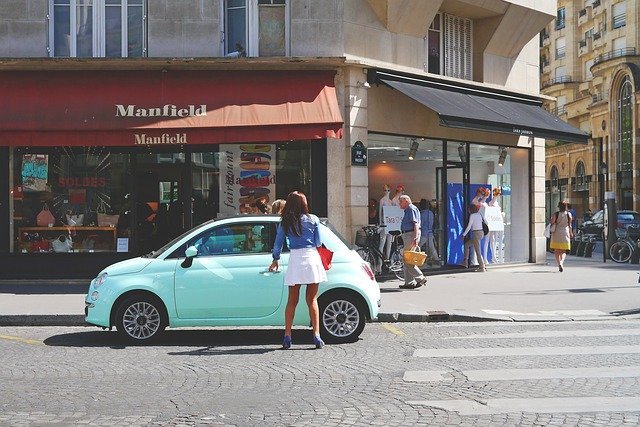
Photography is a very popular hobby these days, but people tend to be scared of taking it seriously because they lack the knowledge they need to be successful. With photography, you do need to gain as much knowledge as you can in order to be able to keep improving your skills. If you follow the techniques shown in this article, you will be able to improve your photography skills.
You can get a better picture by getting close to your subject. Moving in closer allows you to frame your subject, and avoids disruptive backgrounds. You can also pay attention to facial details, which will come in handy, especially if you are doing portrait photography. Having the subject at too great a distance means missing the little details that make a great photo.
When you are prepared to take your photography to the next level, invest in a dSLR camera. A DSLR is a single-lens reflex camera that is digital. These cameras are superior when it comes to viewing your subject just as the image is shot. Full frame DSLR cameras will provide the largest image sensor, enabling you to capture extremely detailed photographs.
Be picky about what will end up in the picture. Imagine a window through which you see only a selected portion of the subject. If you try to put too much into one photograph, you’ll overwhelm yourself and your viewers. To give a general impression of a subject, take a different pictures and organize them in a series rather than trying to capture everything in one picture.
In terms of great photography tips you can use, here is one that’s very underrated. Shutter speeds can greatly improve your experience with photography. These are labeled S, A, M an P on your camera. Program mode is indicated by the “P”. This setting is your automatic one. The shutter and aperture speed are automatically set up for your use. For general use, the “P” setting is the right one to choose.
Keep the process you use for taking pictures as simple as you can. More often than not, you can capture wonderful images without messing with different settings.
Moving around your subject is permissible and allows you opportunities for better shots. Attempt to shoot your subject from below, above, left or right.
There is a feature on the camera called white balance, manually play around with it. When taking shots inside, you generally have a yellow cast due to the light bulbs. Instead of changing the lighting of a room, adjust the white balance on your camera to get a whole different atmosphere. The professionalism should be much more apparent in your photos by using this technique.

Almost all digital cameras contain a built-in flash, and it will pop up automatically when dim conditions are detected. This is wonderful for taking a quick photo, though if you want your pictures to look more professional, try investing in a type of external flash unit that will give you a broad range of light. You should go to the camera store and purchase a flash that fits and syncs properly with your camera.
An essential element of taking great photographs is taking a large amount of them; make sure you have a substantial memory card to store them all. The larger your memory card, the more pictures you can take without having to swap to another card. Yet another advantage to lots of memory is that it allows you to shoot in a format called RAW, giving you greater flexibility when you edit it later.
Find the right subject to photograph. It doesn’t matter how skilled you are, or how great your equipment is, you need a great subject to photograph. Choose something which inspires you or a model to pose for you.
Finding another photographer to mentor you or joining a club can improve your photography skills. While you can gain a lot of knowledge from another person, you should not let them influence your style. Compare your photos with your photo buddy to see what different approaches each of you had towards the same subjects.
It is important to find the perfect combination between ISO, aperture and shutter speed. These settings can determine what your picture will look like. Avoid overexposed photos unless you purposely want them that way. By toying with these features, you can learn how they work together to achieve different looks.
Learn how to compose your photos properly to improve their quality. Whether you want to be a professional photographer or just want to take photos for fun, your photographs can benefit from learning composition principles. Bad composition can turn an otherwise-great shot into something that doesn’t seem quite right. When you want to improve your photography skills, learn, study and apply all you can about proper composition.
Having the knowledge is just the first step. Now you can apply what you have learned and produce amazing pictures. This article can help only if you apply what you have learned to your photography sessions.
Usually the subject will be looking directly at the camera. A great and unique picture is to have the person you are photographing look off in the distance at something. Or, you could have your subject focus their gaze on something or someone else in the frame.

